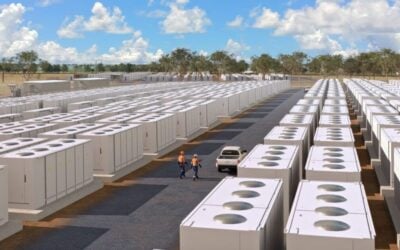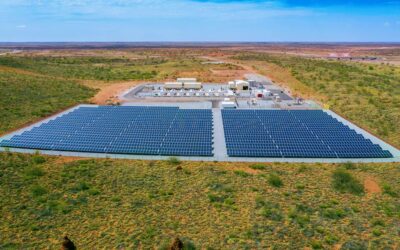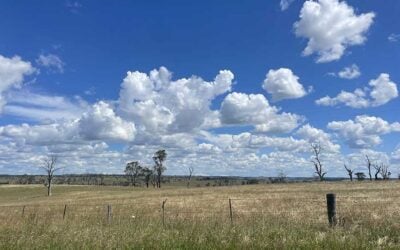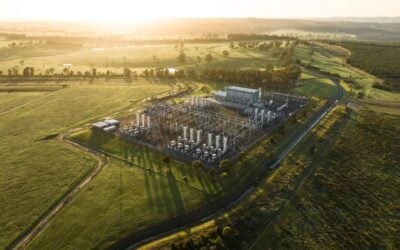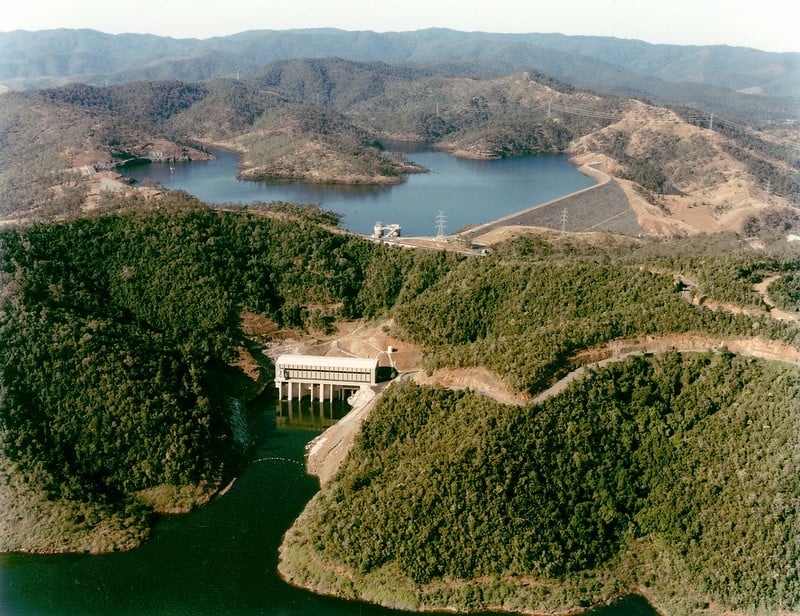
State-owned pumped hydro energy storage (PHES) developer Queensland Hydro is set to progress the development of its 2GW/48GWh Borumba site despite state government concerns about its viability in Australia.
Revealed last week, the developer has confirmed it is inviting comments on its draft preliminary documentation, which the Commonwealth government is assessing as part of the approval process for the Borumba project’s proposed exploratory works.
Enjoy 12 months of exclusive analysis
- Regular insight and analysis of the industry’s biggest developments
- In-depth interviews with the industry’s leading figures
- Annual digital subscription to the PV Tech Power journal
- Discounts on Solar Media’s portfolio of events, in-person and virtual
The draft documentation outlines the current environmental state, proposed exploratory activities, potential impacts, and Queensland Hydro’s strategies to avoid, minimise, or offset those impacts.
Exploratory works include surface geotechnical investigations like drilling boreholes, test-pitting, tunnelling, and necessary support to ensure workforce access and accommodate.
Local communities, business owners, and environmental groups near the Borumba project, as well as the general public, are invited to comment on the draft preliminary documentation. The comment period is currently open and will close at midday on 10 March 2025.
Natasha Patterson, Queensland Hydro’s executive general manager of communities and environment, noted the importance of community input, highlighting that the project is “ultimately better off” with input from neighbours and local communities.
“The draft documentation steps through the proposed exploratory works activities in detail and explains our approach to avoiding, minimising or offsetting any impacts. Our teams are working hard to ensure we minimise our impact on natural and cultural values and provide lasting, positive impacts for both the environment and local communities,” Patterson added.
State government scrutiny of the Borumba PHES site
When the right-wing Liberal National Party (LNP) of Queensland, led by premier David Crisafulli, won the state election in October 2024, pumped hydro soon became a target by the incoming government. This led to the cancellation of the world’s largest PHES site, the 5GW/120GWh Pioneer-Burdekin Pumped Hydro Project in November.
The government cited that the project was “not financially viable, not environmentally appropriate, and the community was never consulted”. A report found that the AU$36 billion (US$22 billion) project would have led to unnecessary additional costs for Queensland residents, with each household spending AU$15,653.
Following this, the government’s attention quickly shifted towards the Borumba site. In early December, the Queensland government said it was set for crunch talks with Queensland Hydro to “save the project”, citing that its cost had increased to AU$18 billion and had been delayed by three years.
Alongside this, the government identified that there is less than a 1% chance that the project will be completed in time for its planned first power date of 2030. Instead, it is believed the project will be completed in July 2035. In September 2024, a flurry of major contracts for the PHES project were signed with AFRY-Aurecon Joint Venture, Water2Wire Joint Venture, and SYSTRA.

